August 6, 2025
Meteorologist Takehisa Yamaguchi Explains the 2,000+ Earthquakes Striking Japan's Tokara Islands
The Tokara Islands had experienced an unprecedented surge in seismic activity, with over 2,000 earthquakes recorded. This extraordinary frequency has captured widespread attention, though experts warn that predicting the future of this ongoing seismic activity in Kagoshima Prefecture remains extremely challenging.
We sat down with meteorologist Takehisa Yamaguchi to discuss the potential causes behind this unusual earthquake swarm and what residents and officials might expect in the coming months.
Tracking the Seismic Activity Near the Tokara Islands
The graph below shows the number of perceptible earthquakes with epicenters near the Tokara Islands. This earthquake sequence began on June 21st and has now continued for two weeks.
The numbers on the right indicate cumulative counts. The series started around 8 AM on June 21st and reached its first major peak on the 23rd. Up to this point, the activity followed the expected pattern seen in past cases—earthquakes typically peak within 2-3 days, then gradually diminish and subside over about a week to 10 days. This familiar trend was clearly evident until around the 28th.
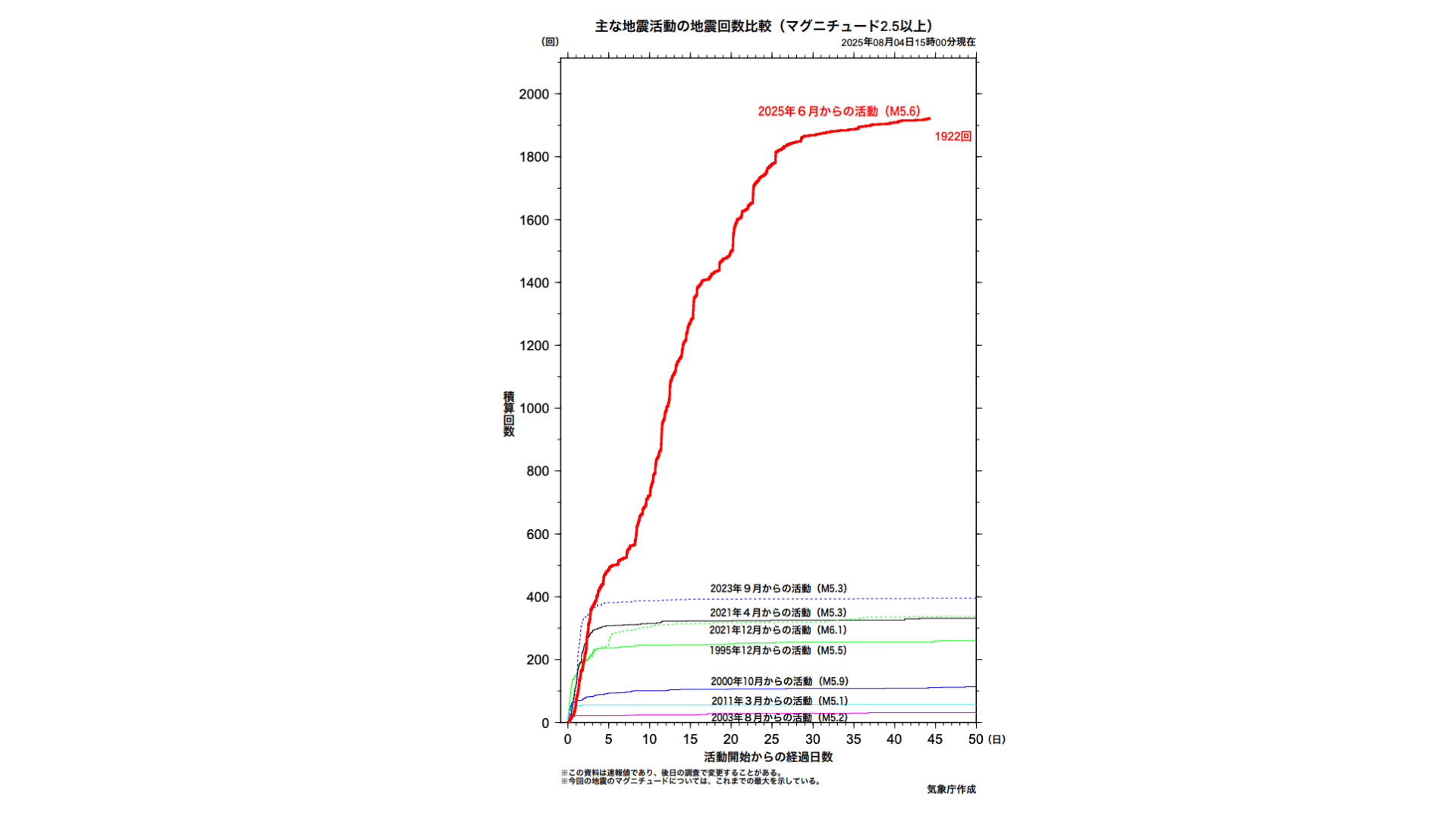
However, everything changed from the 29th onward. 1The frequency suddenly surged again. While the initial 2-3 days saw at most 15-20 earthquakes per hour, recent peak periods have recorded approximately 30 earthquakes per hour. Adding to the concern, strong tremors reaching seismic intensity 6-lower were observed on July 3rd—a notable characteristic since entering July. The cumulative count continues its steady upward climb.
Relationship to Volcanic Activity
Until about 40-50 years ago, this area had very few observation points and essentially no seismometers. Although our observation history isn't very long, when we look back at recorded seismic activity, it's rare to see cases where the second wave of activity is more intense than the first. This rarity is one reason why it's extremely difficult to predict what might happen next.
Experts believe the current seismic activity consists of swarm earthquakes linked to volcanic processes. The Tokara Islands sit in one of Japan's most volcanically active regions, with volcanoes that are currently emitting smoke alongside areas that were active more than 10,000 years ago. In locations like these, magma likely exists deep underground, and when it moves, it may fracture the surrounding fault lines and trigger numerous earthquakes.
If these earthquakes are connected to magma movement, the seismic activity could continue affecting the surrounding area until that movement settles down. In past swarm earthquake events, there have been cases where people felt an extraordinary 13,000 earthquakes over roughly two months.
The Noto Peninsula earthquake may also be related to underground fluids like groundwater. Swarm earthquake activity there began in December 2020, with earthquakes continuing for about three years leading up to the major January 1, 2024 event. Although aftershocks are now tapering off, this shows how seismic activity can sometimes persist for several years.
Connection to the Nankai Trough Earthquakes
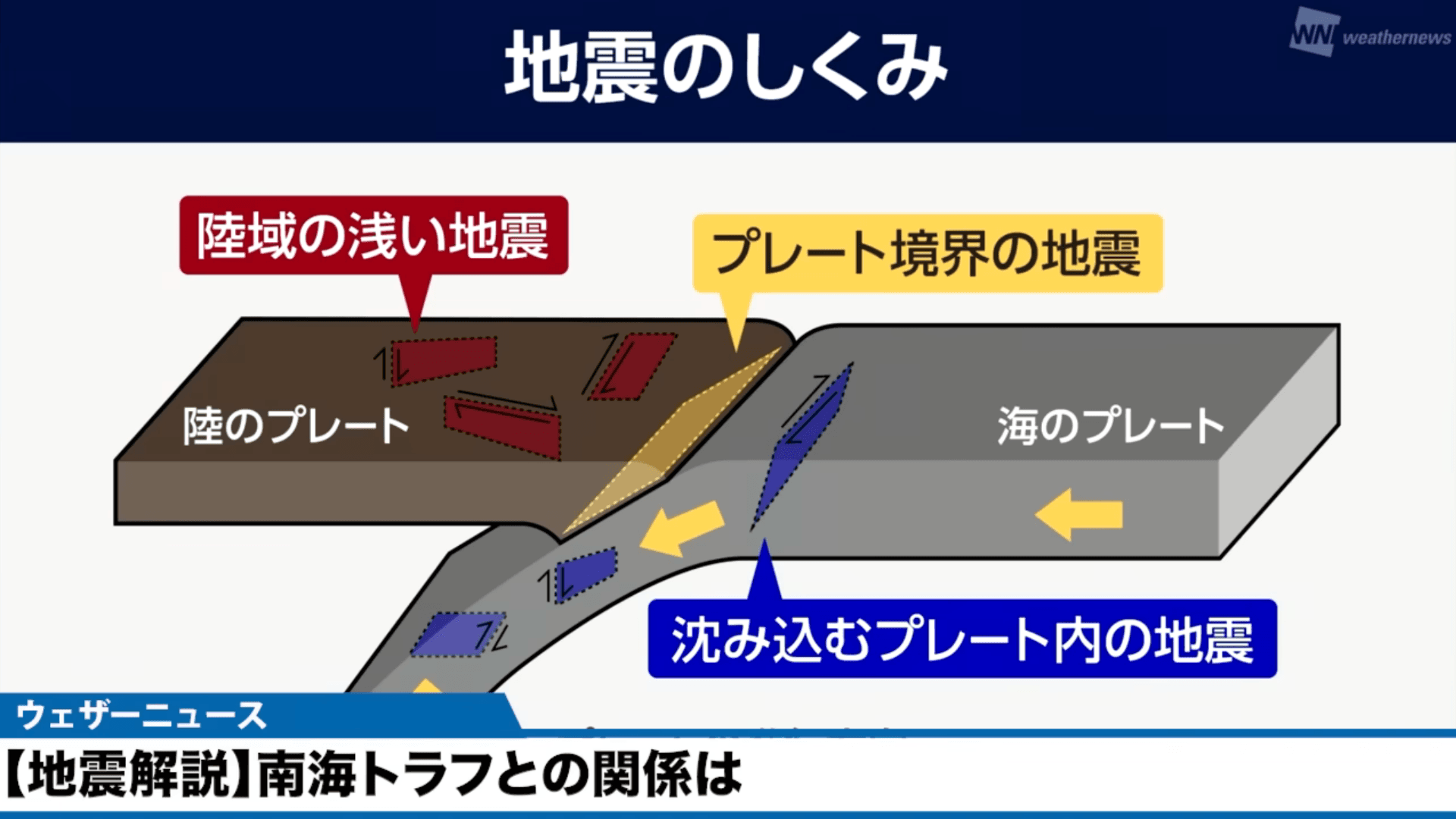
Some people wonder if there is a possible connection to the Nankai Trough earthquakes, but there isn’t. A "Nankai Trough Megaquake" refers to massive earthquakes that happen when plates diving beneath western Japan build up energy near plate boundaries during subduction. These occurred in 1946 and 1944. While this area certainly requires close attention, Nankai Trough megaquakes are, as mentioned earlier, plate boundary earthquakes involving subducting plates. In this process, the oceanic Philippine Sea Plate slides beneath western Japan, accumulating energy as it subducts. When this energy reaches its breaking point, the plate suddenly snaps upward, triggering an earthquake.
The current Tokara Islands earthquakes are happening within the continental plate itself, making them completely separate from Nankai Trough megaquakes. Even with 1,300 perceptible earthquakes, the total energy involved is quite small. Magnitude 5-class earthquakes typically affect areas of just 5-10 kilometers at most. The likelihood of influencing the coupled sections of the plate boundary (Nankai Trough) 200 kilometers away is minimal, so we don't need to worry about a connection.
This region could be called a volcanic archipelago, with volcanoes stretching southward from Kyushu. While plate boundaries are involved in forming these volcanoes, it's unlikely that large-scale phenomena would influence small-scale ones, or vice versa. This shouldn't be a major concern.
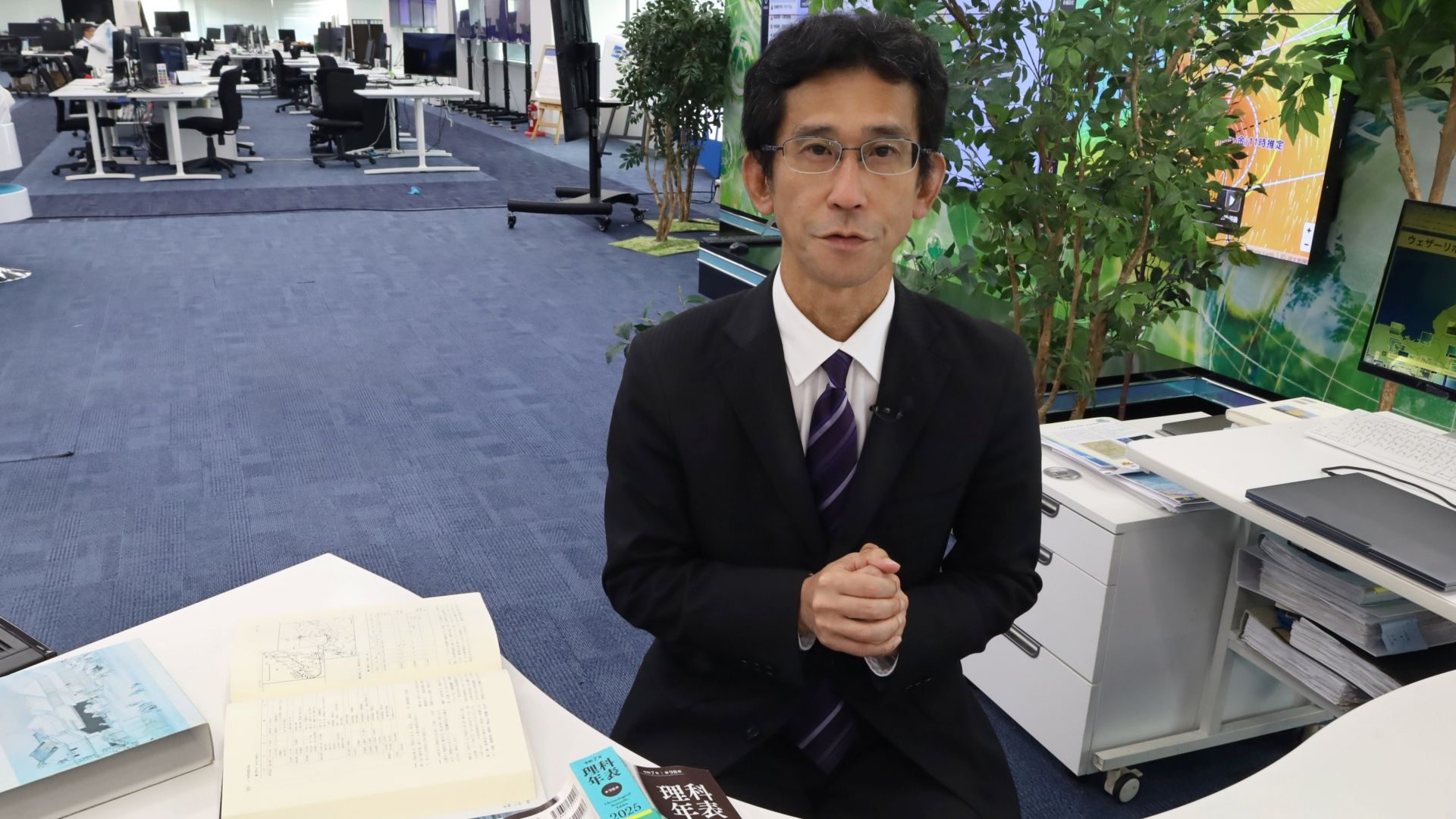
Finally, as I mentioned earlier, predicting earthquake swarms like this one is extremely difficult. The seismic activity in the Tokara Islands has already settled down considerably, and it's fair to say it's moving toward an end.
*This article was created with reference to "Weathernews LiVE"2 broadcast on July 5th.
Footnotes
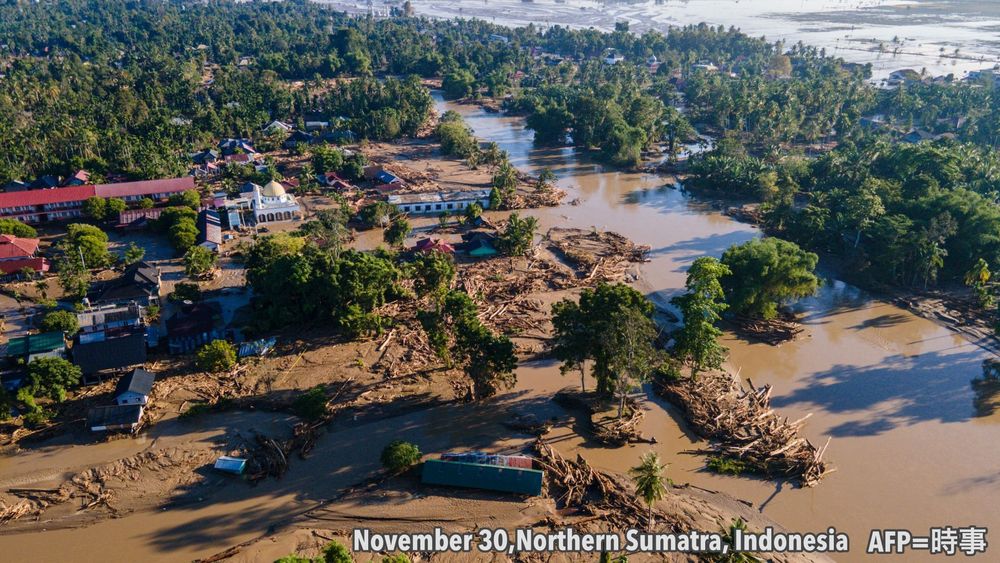
December 11, 2025
Unprecedented: Cyclone Develops in Malacca Strait as Indonesia and Thailand Face Record Rainfall
December 9, 2025
[20 Years of Weather Reports] The Journey and Future of a One-of-a-Kind Global Community
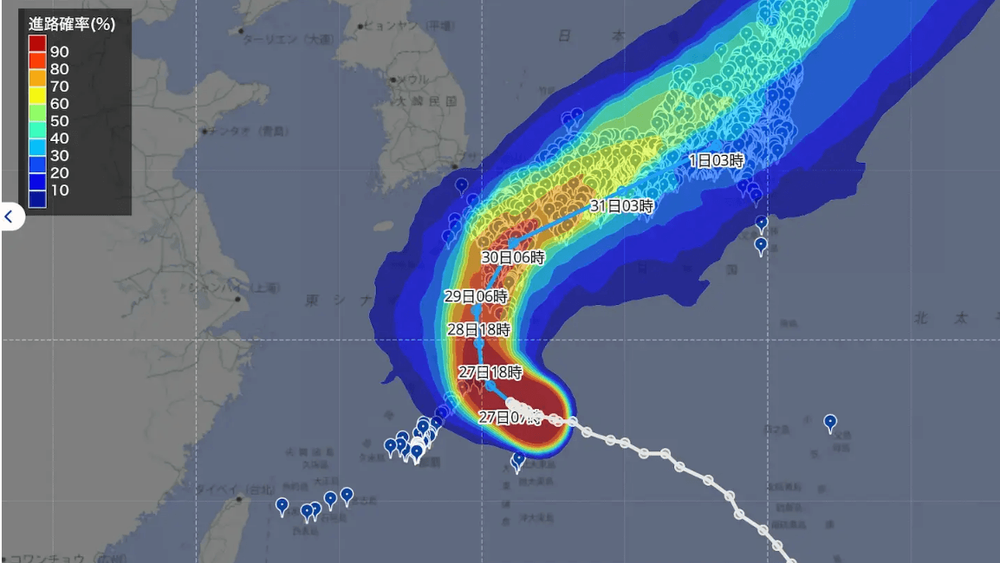
December 7, 2025
Will AI Revolutionize Typhoon Forecasting? Weathernews' Typhoon Experts Deploy Advanced AI Prediction Model